Presidents' Lecture
Fusion Energy
Meeting the Engineering Challenges
Javier E. Garay
Associate Dean for Research
Founding Director, Fusion Engineering Institute
UC San Diego
Sponsored by PSW Science Members Larry Millstein & Robin Taylor
About the Lecture
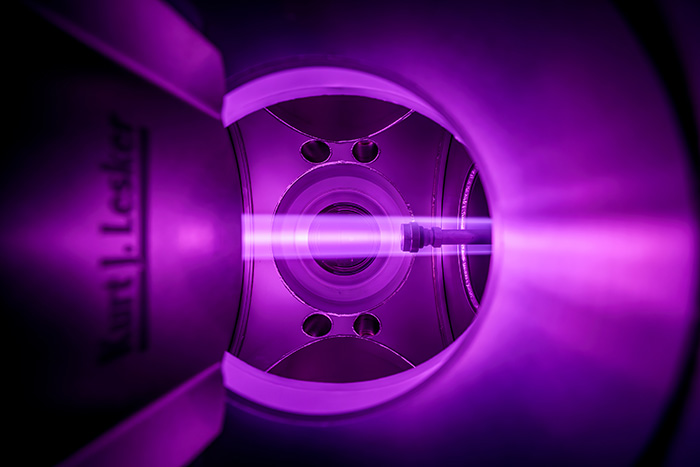
Energy production based on hydrogen fusion reactions has long held the promise of virtually limitless clean energy production. However, the obstacles to realizing this are profound. Fusion reactors have to contain a swirling plasma with a temperature over 100,000,000 degrees C, deal with the production of hot neutrons (in some designs), errant electrons, high neutron fluxes, fuel production, cooling needs and the need to extract heat from the system without poisoning the burning plasma, to name just a few. These challenges are daunting even after decades of effort. However, recent developments in several areas of technology hold new possibilities to realize commercial scale fusion energy production.
The newly formed Fusion Engineering Institute at UC San Diego is specifically focused on addressing the difficult engineering challenges that must be solved so that the promise of affordable, clean fusion energy can be realized through commercially viable fusion power plants. Its mission is to address many of the difficult engineering challenges that are holding back fusion energy as a practical reality; to increase the national fusion energy workforce, to bring together fusion experts in academia, U.S. National Labs, the private sector, and funding agencies and to build and strengthen fusion-engineering collaborations nationally and internationally.
This lecture will discuss current designs for fusion energy production, the main obstacles to realizing them, public and private efforts to overcome them, and the role of the Institute in helping society reach this goal.
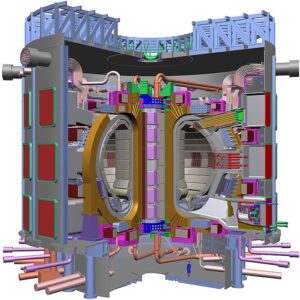
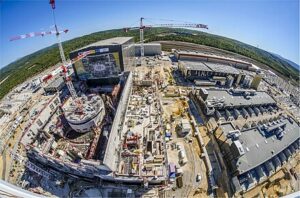
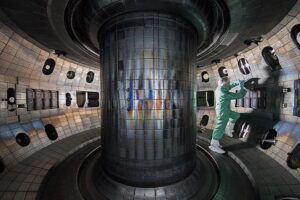
About the Speaker
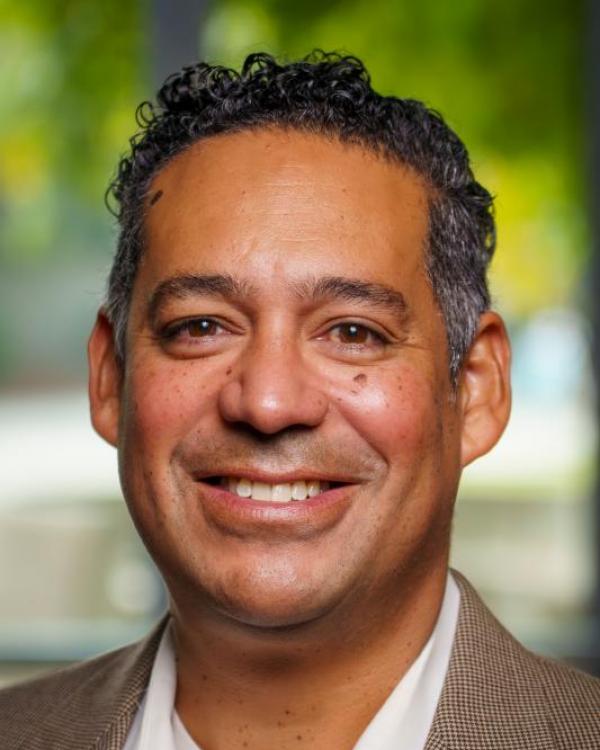
Javier Garay is the Founding Director of the UC San Diego Fusion Engineering Institute, and Associate Dean for Research and Professor of Mechanical and Aerospace Engineering in the Jacob School of Engineering at UC – San Diego.
Javier also leads the Material Processing and Synthesis Laboratory (AMPS Lab) researching advanced material design, synthesis and processing with particular emphasis on engineering the micro and nanostructure of bulk materials to optimize their properties. The AMPS Lab also develops and maintains capabilities for device design and measuring materials properties, allowing seamless interplay between the design of materials and evaluation of their performance in devices. The lab’s research particularly focuses on understanding the role of the length scale of nano/micro-structural features on light, heat and magnetism, with the objective of developing next generation optical and magnetic devices and energy storage materials.
Javier is an author on numerous scientific publications on materials science and engineering. Among other honors and awards he served as Chair of the Materials Science & Engineering Program at UC – Riverside, was the recipient of two federal Young Investigator Program awards and a Faculty Early Career Development award from the National Science Foundation.
Javier earned a BS in Mechanical Engineering, and an MS and PhD in Materials Science and Engineering at the University of California, Davis.
Minutes
On January 10, 2025, Members of the Society and guests joined the speaker for a reception and dinner at 5:45 PM in the Members’ Dining Room at the Cosmos Club. Thereafter they joined other attendees in the Powell Auditorium for the lecture proceedings. In the Powell Auditorium of the Cosmos Club in Washington, D.C., President Larry Millstein called the lecture portion of the 2,507th meeting of the Society to order at 8:02 p.m. ET. He began by welcoming attendees, thanking sponsors for their support and announcing new members. Scott Mathews then read the minutes of the previous meeting which included the lecture by JoAnne Hewett, titled “The Science Driving Particle Physics and Big Accelerators”. The minutes were approved as read.
President Millstein then introduced the speaker for the evening, Javier Garay, of the University of California: San Diego. His lecture was titled “Fusion Energy: Meeting the Engineering Challenges”.
The speaker began by presenting the possible advantages of fusion energy, saying that it was clean, safe, dispatchable (meaning: always available), and used an abundant source of fuel. He discussed the increased demand for electric power, driven by economic growth, electric vehicles, and the emergence of artificial intelligence. He presented a graphical representation of DT-fusion: the fusion of deuterium and tritium, to form an alpha particle and a neutron. He showed a picture of an oil tanker which, when fully loaded displaced 900,000 tons of sea water. He claimed that this quantity of sea water contained about 40 liters of deuterium, which when fused with tritium, would produce more energy than the oil in the tanker.
Garay then presented the two primary confinement schemes currently being used in fusion research: Inertial Confinement and Magnetic Confinement. As examples of operational facilities, he showed pictures of the National Ignition Facility (or NIF) at Lawrence Livermore and the D3-D National Fusion Facility run by General Atomics. As examples of facilities currently under development, he showed images from several private companies, including: Pacific Fusion, Xcimer Energy, Tokomak Energy, and Commonwealth Fusion Systems. The speaker mentioned two recent technological advancements, which he called “breakthroughs”: the demonstration of fusion ignition at the NIF and the development of superconducting magnetic confinement. He showed images of the NIF, including: the building housing the 192 lasers, the target chamber, the hohlraum, and the fuel pellet. He then showed images of superconducting coils produced in the SPARC project, capable of generating 20 Tesla magnetic fields.
Garay then presented an overview of the ARIES Program (Advanced Research Innovation and Evaluation Study) at UC-San Diego. This program included contributions from several Universities, Government labs, and Private Industry. He discussed other research programs, created or organized by UC-San Diego, including: the 2024 Fusion Energy Workshop and the Fusion Energy Institute.
The speaker presented three engineering challenges associated with fusion research. The first was materials synthesis and characterization. He showed a list of requirements for “plasma facing components”, which included: low erosion rate, low vapor pressure, low retention of hydrogen isotopes, low activation by neutrons, and low surface morphology changes. He showed micrographs of Tungsten as a function of radiation dose, demonstrating the changes in microstructure that occur due to the creation of defects, precipitates, and voids. Garay discussed some of the mechanisms by which these radiation-induced changes occur, including: atomic diffusion, vacancy formation, interstitial migration, and the creation and movement of dislocations. He specifically discussed changes in thermal conductivity due to changes in microstructure.
The second engineering challenge was fuel capsule target design. He showed diagrams of the fuel capsules currently being used in inertial confinement research, including: the cryogenic DT fuel, nanostructured inner material, the outer shell, and the hohlraum. Garay discussed the time evolution of the pressure wave generated by laser irradiation, and how that pressure profile was influenced by the properties of the fuel capsule. The speaker showed examples of 3D printed nanomaterials used to study the implosion of targets.
The third engineering challenge was Tritium breeding and cooling. Garay said that tritium does not occur naturally in any significant quantity, and that, as a result, all the tritium fuel has to be created through “breeding”. He described the technique of surrounding a fusion plasma with a lithium containing, breeder blanket, such that the lithium can absorb neutrons to produce tritium and alpha particles. The tritium can be extracted for use as fuel, and the alpha particles can be used to transfer energy to a thermal absorber. Garay discussed the use of heat transfer fluids to move the thermal energy from the reactor and breeder blanket to the electric power generation system. He briefly described molten metal circulation systems, where the liquid metal acts as both a tritium breeder and a heat transfer fluid.
Garay ended his talk by thanking collaborators, and acknowledging funding sources.
The lecture was followed by a Question and Answer session:
A member asked the speaker to speculate about when we would have practical solutions to all the engineering problems discussed in the talk. Garay responded that it depends on the resources. He said that with more investment, many of the problems could be solved in parallel, greatly increasing the rate of progress.
A member asked about other hydrogen fusion reactions; specifically He-3:He-3 reactions. The speaker responded that DT reactions have the highest cross section, and can therefore occur at the temperatures and pressures that have been achieved in the laboratory.
A member asked about the possibility of a “nightmare scenario”, wherein no materials could ever meet the requirements of fusion-based power generation system. Garay said that although this was possible, he believed that we have yet to exhaust the materials currently available, and that new materials are continuously being developed.
A viewer on the live stream commented that we cannot burn carbon in space, and asked if this form of energy production could be utilized in spacecraft. Garay replied “Yes.”
A member asked about combining fusion reactors with molten salt reactors, indicating that molten salt reactors could provide tritium for the fusion reactor, while the fusion reactor provides neutrons for the molten salt reactor. The speaker responded that people are considering hybrid reactors, that would combine fission and fusion processes in the same reactor.
After the question and answer period, President Millstein thanked the speaker and presented him with a PSW rosette, a signed copy of the announcement of his talk, and a signed copy of Volume 1 of the PSW Bulletin. He then announced speakers of up-coming lectures, made a number of housekeeping announcements, and invited guests to join the Society. He adjourned the 2,507th meeting of the society at 9:52 pm ET.
Temperature in Washington, DC: 0.5° Celsius
Weather: Cloudy
Audience in the Powell auditorium: 69
Viewers on the live stream: 52
For a total of 121 live viewers
Views of the video in the first two weeks: 426
Respectfully submitted, Scott Mathews: Recording Secretary